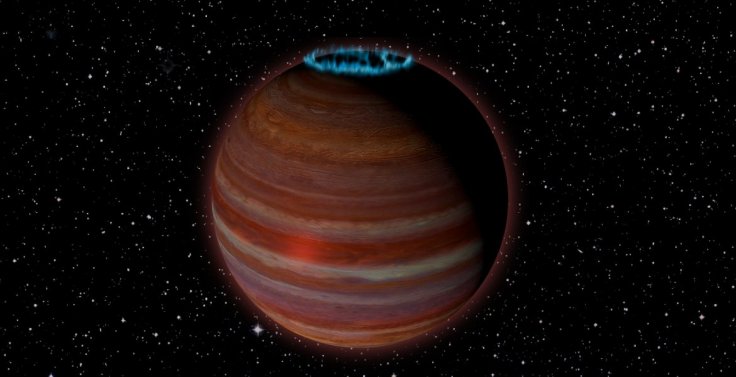
Forget about the conspiracy theories on killer planet Nibiru, which is lurking somewhere near earth as per some theorists. Now, astronomers have found positive evidence of a giant planetary mass with a surprisingly powerful magnetic field, just outside the solar system. But, they aren't sure exactly what it is.
The scientists discovered this rogue planet, which appears to be travelling without any sort of set orbit or parent star, by using the National Science Foundation's Karl G. Jansky Very Large Array (VLA), located at Socorro County in US.
The National Radio Astronomy Observatory published the news about the recent findings on Thursday, August 2 on their website. As per the news release, this is the first time when scientists were able to pick up the magnetic activity of the planetary mass object outside the solar system by using the radio telescope.
The study stated that the unknown celestial body has 12.7 times the mass of Jupiter and it also has a strong magnetic field, 200 times the strength of the biggest planet of this solar system. The researchers said that it is almost 20 light-years away from earth.
The temperature of this object is also far cooler than sun, at 825 degrees Celsius. This strange object has been named SIMP J01365663+0933473 and it has earned the title "rouge" for being untethered to any orbit or parent star or galactic authority.
The lead astronomer Melodie Kao said that this rogue planet "is right at the boundary between a planet and a brown dwarf, or 'failed star,' and is giving us some surprises that can potentially help us understand magnetic processes on both stars and planets."
"This particular object is exciting because studying its magnetic dynamo mechanisms can give us new insights on how the same type of mechanisms can operate in extrasolar planets — planets beyond our solar system," he added.
The radio telescope first detected SIMP J01365663+0933473 in 2016, but scientists thought that it was nothing but a brown dwarf. The lead author of this study suggested that based on the recent findings this object could be classified as a planet and it also deserves a better name than SIMP J01365663+0933473.








